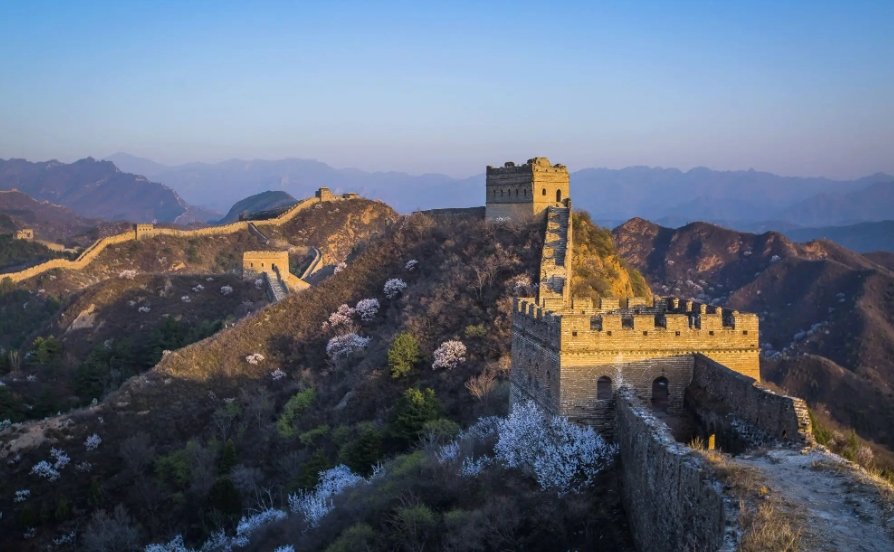
5 Fascinating Facts about the Great Wall of China
The Great Wall of China, a UNESCO World Heritage site, is more than just a wall; it's a testament to human ambition, resilience, and architectural ingenuity. Stretching over vast distances and built over centuries, it continues to inspire awe and wonder. Here are 5 intriguing facts about this iconic landmark:
1. It's longer than you think!
The total length of the Great Wall is a staggering 21,196.18 kilometers (13,170.7 miles). To put that into perspective, that's like walking more than halfway around the Earth! This measurement takes into account all sections of the wall built over various dynasties, including branches and natural barriers that were incorporated into the defense system.
2. Strategically placed passes
The Great Wall isn't just a continuous wall; it's strategically punctuated by 15 major passes that served as crucial checkpoints for trade and military movement. These passes, often built upon mountainous terrain, were heavily fortified and acted as gateways through the wall. Some of the most famous passes include Shanhai Pass, Jiayu Pass, and Juyong Pass, each with its own unique history and strategic importance.
3. A construction spanning millennia
The Great Wall wasn't built overnight. In fact, it took over 2,000 years to construct, with different dynasties adding, rebuilding, and extending its fortifications. This prolonged construction, starting from the 7th century BC and continuing through the Ming Dynasty (1368-1644 AD), has resulted in the diverse architectural styles and building materials we see today.
4. More than just a wall
While it's called the Great Wall, it's actually a complex network of fortifications comprising walls, watchtowers, beacon towers, barracks, and even fortresses. This interconnected system allowed for swift communication, troop movement, and strategic defense against invading forces.
5. A tapestry of materials
The Great Wall wasn't built with a single material. Depending on the terrain, available resources, and the era of construction, builders utilized various materials. These include:
- Rammed earth: A mixture of soil, gravel, and sometimes sticky rice, compacted to create solid wall sections.
- Bricks: Used extensively during the Ming Dynasty, offering a more uniform and aesthetically pleasing look.
- Stone: Primarily used for foundations and vulnerable sections, quarried locally and shaped for construction.
- Wood: Utilized for gates, watchtower structures, and supporting elements.
Q&A
Q1: What was the main purpose of the Great Wall?
A1: The Great Wall was primarily built to protect Chinese states and empires from nomadic groups from the north. It served as a defense line against invasions, controlled trade routes, and regulated immigration.
Q2: Is the Great Wall visible from space?
A2: Contrary to popular belief, the Great Wall is not easily visible from space with the naked eye. While large structures can be seen under specific conditions, the Great Wall's narrow width and camouflaged construction make it difficult to spot.
Q3: Can I visit the Great Wall today?
A3: Absolutely! Sections of the Great Wall, particularly those near Beijing, have been restored and are open to the public. You can walk along its ancient pathways, climb watchtowers, and experience the grandeur of this historical marvel.
note: This return of all, without the author's permission, may not be reproduced